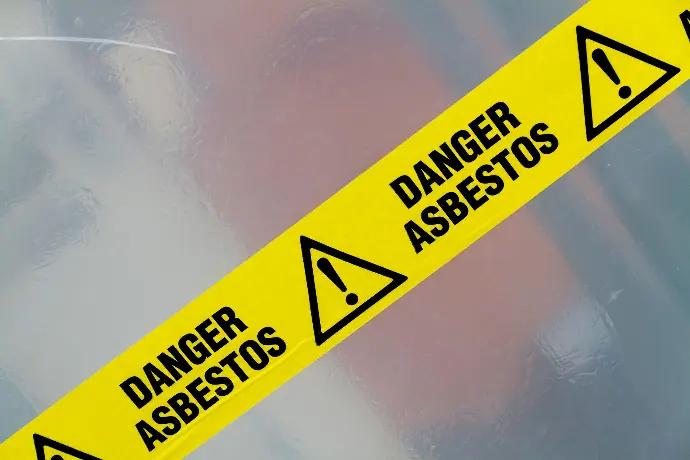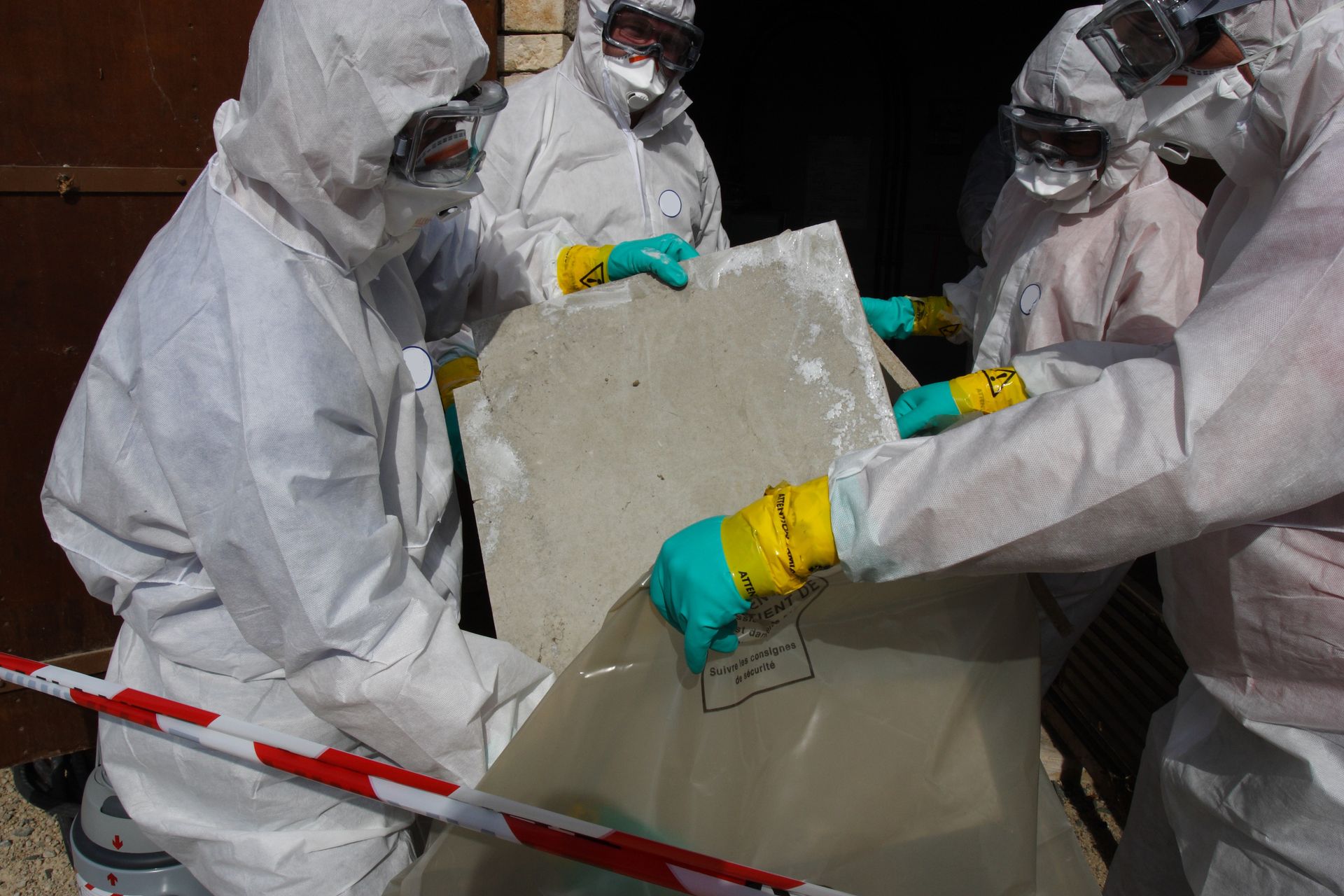Renovation projects breathe new life into spaces, but amidst the excitement of transformation, it's crucial and, in the case of our workers, it's the law, to prioritize safety.
One significant concern in older structures is the potential presence of asbestos, a naturally occurring mineral that poses serious health risks when disturbed. This article explores the importance of testing and abating asbestos in renovation projects, outlining the procedures and best practices to ensure the well-being of both workers and occupants.
When we undertake renovation projects on homes that are built before 1990, we will help you arrange for testing. We send a document to our certified testing provider to let them know what we are needing samples of. They turn around test results in just a few days. If there are positive indications of a hazardous material, we will let you know the next steps so that your project can proceed without too much delay.

Understanding Asbestos
Asbestos was once widely used in construction due to its fire-resistant and insulating properties. However, the discovery of its harmful health effects, including lung cancer and mesothelioma, led to its ban in many countries. Buildings constructed before the 1980s are more likely to contain asbestos, especially in materials such as insulation, flooring, and ceiling tiles.
Testing for Asbestos
- Pre-Renovation Asbestos Assessment:
- Before starting any renovation project, it's essential to conduct a thorough asbestos assessment.
- Per WorkSafeBC requirements, we hire a certified asbestos inspector to identify potential asbestos-containing materials (ACMs) in areas that we will be disturbing.
- We send a document to our certified testing provider to let them know what we are needing samples of.
- Laboratory Analysis:
- Collected samples are taken to accredited laboratories specializing in asbestos analysis.
- The results will help determine the appropriate course of action, whether it's asbestos abatement or continued safe management.
Asbestos Abatement
- Developing an Abatement Plan:
- If asbestos is detected, a detailed abatement plan is crucial.
- We engage certified asbestos abatement professionals to create a plan outlining the scope of work, safety measures, and waste disposal procedures.
- The abatement company will provide an estimate of costs and we will issue a change order to allow the work to begin.
- Isolation and Containment
- The abatement company establishes containment areas to prevent the spread of asbestos fibers to unaffected areas.
- The use of negative air pressure and air filtration systems maintain a controlled environment.
- Personal Protective Equipment (PPE):
- Workers involved in asbestos abatement must wear appropriate PPE, including respirators, coveralls, and disposable gloves.
- Safe Removal and Disposal:
- Remove asbestos-containing materials using approved techniques, minimizing the generation of airborne fibers.
- Dispose of asbestos waste in accordance with regulatory guidelines.
Conclusion
In the pursuit of a successful renovation project, the health and safety of occupants and workers should remain paramount. Testing for asbestos and implementing proper abatement measures are indispensable steps in safeguarding against the risks associated with this hazardous material. By adhering to best practices and regulatory guidelines, renovation projects can achieve their goals while prioritizing the well-being of everyone involved. Remember, a safe renovation is a successful renovation.
For more information, here are a couple of articles for you:
Sources of Asbestos FAQ for Homeowners
